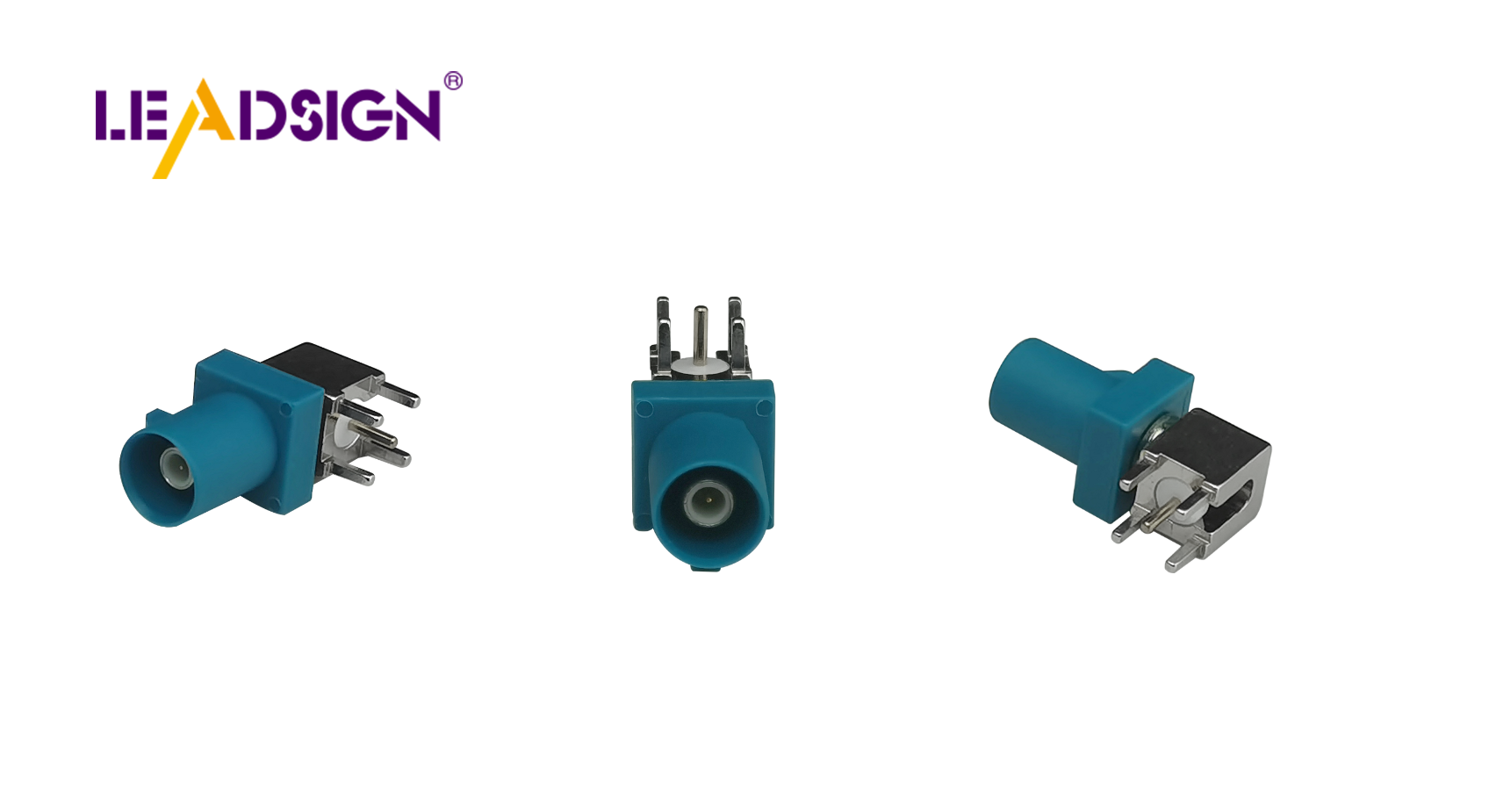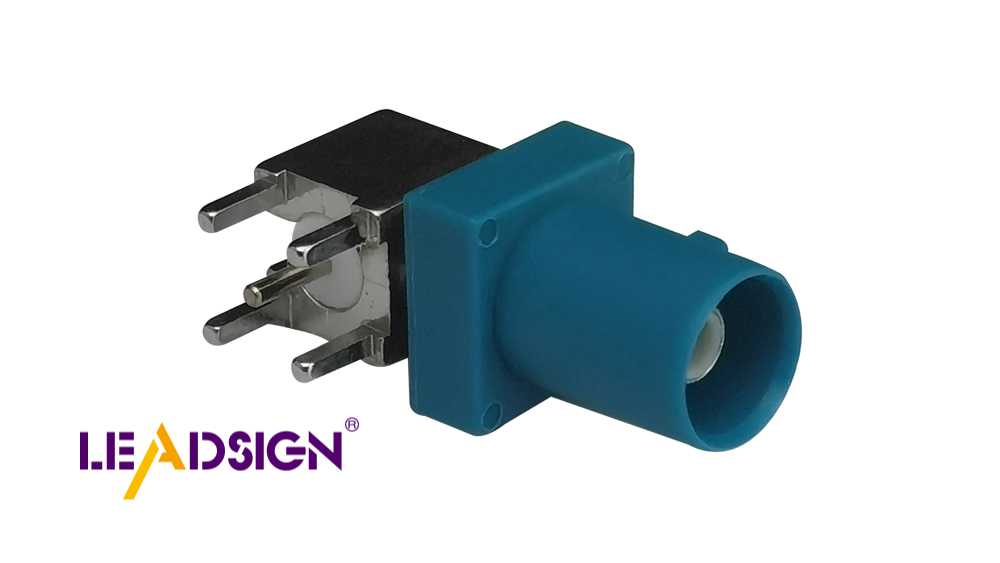How to Identify Automotive Wire Connectors Types for Replacement

Identifying the right automotive wire connectors types in your car is crucial for safety and reliability. Loose connections, rust, and heat can lead to issues, making it essential to understand the various types of automotive wire connectors. Replacing faulty connectors not only ensures optimal functionality but also reduces the risk of electrical issues. Familiarizing yourself with each connector type enables you to make informed decisions and effectively address car electrical problems.
Understanding Automotive Wire Connectors

Knowing car wire connectors is key for fixing car wires. These connectors help electricity move smoothly, keeping your car safe and working well.
Types of Automotive Wire Connectors
Blade Connectors
Blade connectors are flat and slide into slots. They are easy to use and work well in cars. You can find them in many sizes for different needs.
Bullet Connectors
Bullet connectors have a round end that fits into a socket. They are good when you need to connect or disconnect quickly. This makes them great for fixing things.
Butt Connectors
Butt connectors join two wires straight together. They help when you want to make a wire longer or join two wires. Crimping the wires keeps them connected safely.
Pin Connectors
Pin connectors have pins that fit into sockets. They are used where space is tight but need strong connections. Different setups fit different uses.
Materials Used in Connectors
Plastic
Plastic connectors are light and don't rust easily. They're good where there's water or chemicals around, making them popular in cars.
Metal
Metal like copper or brass conducts electricity well and doesn't rust much. These metals work best for high power, ensuring strong connections.
Connector Sizes and Specifications
Gauge Sizes
Gauge size shows how thick a wire connector can hold. Picking the right gauge stops electrical problems by matching it with the wire size.
Voltage Ratings
Voltage ratings show how much voltage a connector can handle safely without overheating or damage. Always check these ratings for your car's needs.
Steps to Find Car Wire Connectors
Finding the right car wire connectors is important for your car's electric system. Follow these steps to pick the right ones.
Look at It
First, look closely at the connector. This helps you know what type it is.
Check Its Shape
Notice the shape of the connector. Different types have different shapes. Blade ones are flat, bullet ones are round, and pin ones have pins. Knowing these shapes helps you find the right type.
Spot Color Codes
Colors on connectors show what they do or fit with. Makers use colors to help tell types apart. Watch for these colors to choose correctly.
Use Connector Books
Connector books help find out about car wire connectors. They give lots of details.
Maker Guides
Look at maker guides for more info. These guides have pictures and talk about different connectors. They help match yours with the right one. Experts can also help when it's hard to figure out.
Online Help
Online sites have lots of info too. Car part websites often list connectors by shape, color, or pin count. This makes finding them easy from home.
Test Them Out
Testing makes sure they work and fit your car's needs.
Check Flowing Electricity
Use a multimeter for this test. It checks if electricity goes through it well. A good test means it's in good shape.
Check Voltage Levels
Voltage tests see if it handles needed voltage levels without harm. Make sure it matches your car's voltage needs.
By doing these steps, you can find and change car wire connectors safely.
Tips for Changing Wire Connectors
Changing car wire connectors needs the right tools and ways. Follow these tips to do it well.
Tools You Need
Right tools make changing connectors easy. Here are two must-have tools:
Crimping Tools
Crimping tools help join wires and connectors tightly. They press them together for a strong hold. Pick a crimping tool that fits your connector size for best results.
Wire Strippers
Wire strippers take off wire covers without harm. This tool gets the wire ready by showing the metal inside. Use a stripper that matches your wire's thickness.
Good Practices
Following good practices makes connections strong and last long. Here are key tips:
Making Sure Connections Are Tight
To make sure connections are tight, check if the wire is fully in before crimping. A good crimp keeps it firm. Test by gently pulling to see if it stays put.
Avoiding Mistakes
Avoid mistakes by watching details closely. Match connector type with wire's size and power needs. Wrong types can cause bad links and electric problems. Always follow maker's instructions for best outcomes.
By using right tools and following these tips, you can change car wire connectors safely and well.
Identifying and changing automotive wire connectors is important for car safety. Knowing connector types helps keep connections strong.
Key Points Recap:
Know connector types and what they're made of.
Look closely and test them.
Use best ways to replace them safely.
"Taking care of connectors stops electrical problems and keeps cars safe."
Always use good methods and ask experts if unsure. This helps avoid expensive fixes and keeps your car running well. Make sure to identify and change connectors properly for a healthy car.
See Also
Exploring Ford Fakra Connectors: A Comprehensive Overview
Understanding HSD Connectors in Automotive Sector
Significance of FAKRA Connectors in Auto Industry

